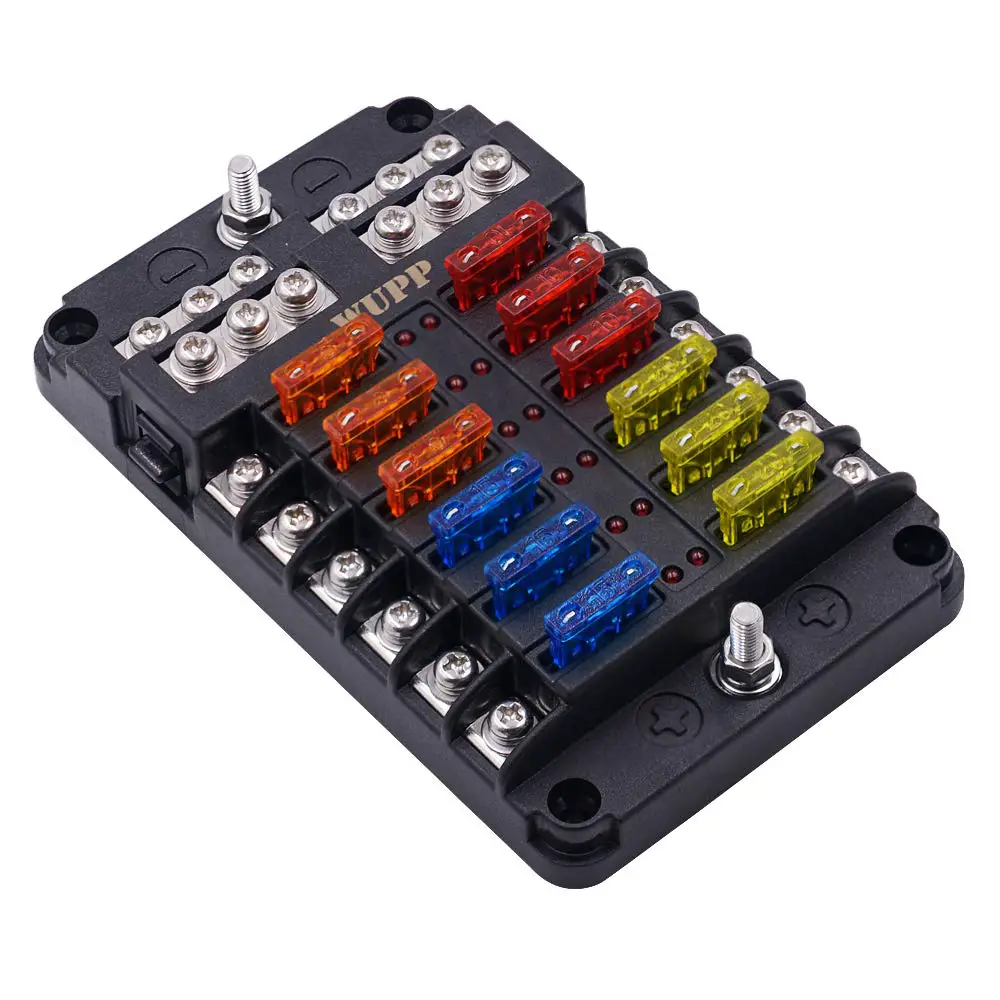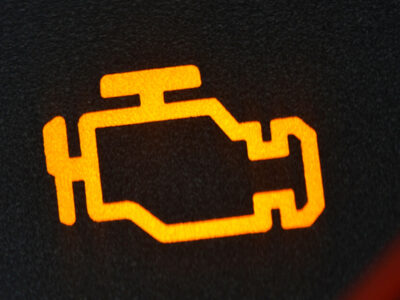
Understanding Your Fiat 500 Fuse Box: A Guide


The fuse box is an essential component of any vehicle's electrical system, including the Fiat 500. Understanding how it works and ensuring that the fuses are in proper working order can prevent potential electrical problems and ensure a safe driving experience. In this guide, we will provide a comprehensive overview of the Fiat 500 fuse box and its components, allowing car owners to better understand and maintain their vehicles.
Understanding Your Fiat 500 Fuse Box: A Guide - Learn How to Troubleshoot Electrical Issues
What is a Fiat 500 Fuse Box?
If you own a Fiat 500, it is crucial to know the location and function of your car's fuse box. The fuse box is a small, multi-colored box that contains a number of fuses that help power various electrical components in your vehicle. Fuses are designed to protect your car's electrical system from damage caused by power surges or short circuits. In short, the Fiat 500 fuse box is an essential component of your car's electrical system that ensures the proper functioning of various systems like lights, radio, and other essential components.
How to Locate Your Fiat 500 Fuse Box?
The Fiat 500 fuse box is located on the dashboard to the left of the steering wheel. To access the fuse box, you need to remove the panel by using a flathead screwdriver. Once the panel is removed, you will see a series of fuses, each of which plays an important role in powering the various electrical components of your vehicle. The fuses are color-coded and labeled, so it's easy to identify the one that needs to be replaced in case of an issue.
You may be interested in reading How to Reset the Oil Indicator on Your Fiat 500
How to Reset the Oil Indicator on Your Fiat 500Diagnosing Issues in Your Fiat 500 Fuse Box
If you're experiencing electrical problems with your Fiat 500, it could be due to a blown fuse. Before you replace a fuse, it's essential to know how to diagnose the issue. The easiest way to diagnose a blown fuse is by visually inspecting it. Check whether the metal wire inside the fuse is broken or not. If it's broken, you need to replace the fuse. Another way to diagnose a blown fuse is by using a multimeter to check continuity. If the multimeter indicates that there is no continuity, then the fuse needs to be replaced.
How to Replace a Fuse in Your Fiat 500?
If you've diagnosed a blown fuse, it's time to replace it. First, make sure the car is off and remove the key from the ignition. Locate the faulty fuse and pull it out gently with a fuse puller or needle-nose pliers. In some cases, fuses can be removed by hand. Replace the blown fuse with a new one of the same amperage rating. Finally, replace the panel and turn on the car to test whether the electrical issue has been resolved.
Tips to Prevent Electrical Problems in Your Fiat 500
Regular maintenance and inspection of your Fiat 500's fuse box can prevent many electrical issues from occurring. To avoid blown fuses, make sure to unplug electrical devices when not in use, avoid using high-powered devices that draw excessive amperage and may overload the system, and make sure to use the proper fuses as specified by the manufacturer.
Frequently Asked Questions
1. What is a fuse box?
A fuse box is a component in your car that houses fuses, which are safety devices designed to protect the electrical circuits from overloading. Fuses are essentially small wires that are designed to melt when the current flowing through them is too high. This helps prevent a fire in your car or damage to the electrical components.
2. What are the common reasons for fuse box problems?
The most common reason for fuse box problems is a blown fuse. This can happen due to a variety of reasons, such as a short circuit or overloading of the electrical circuit. Other reasons for fuse box problems include corroded or loose connections, faulty wiring, and damaged fuses.
You may be interested in reading How to Reset the Oil Indicator on Your Fiat 500
How to Reset the Oil Indicator on Your Fiat 500 How and Why to Delete the Rear Seat in Your Fiat 500
How and Why to Delete the Rear Seat in Your Fiat 5003. How can I tell if a fuse is blown?
The easiest way to tell if a fuse is blown is to inspect the fuse. If the metal wire inside the fuse is broken or melted, the fuse is likely blown. You can also use a multimeter to test the fuse and check for continuity. If the multimeter shows no continuity, the fuse has blown and needs to be replaced.
4. Can I replace a blown fuse myself?
Yes, you can replace a blown fuse yourself, provided you have the right tools and know-how. First, locate the fuse box in your car, which is usually located near the dashboard. Then, refer to your car's owner manual to locate the blown fuse. Using a fuse puller tool or a pair of pliers, gently remove the blown fuse and replace it with a new one of the same amperage rating. Make sure to only use a fuse of the same rating to avoid damaging your car's electrical system. If you're not comfortable doing this yourself, it's best to take your car to a professional mechanic.
In conclusion, understanding your Fiat 500 fuse box can help you diagnose and solve electrical issues in your car. It's important to familiarize yourself with the location and purpose of each fuse, as well as the rating and color coding system. If you are unsure about any aspect of your Fiat's electrical system, it's always best to consult a professional mechanic or refer to the owner's manual for guidance. By taking the time to learn about your car's fuse box, you can ensure its safety and reliability on the road.
You may be interested in reading How to Reset the Oil Indicator on Your Fiat 500
How to Reset the Oil Indicator on Your Fiat 500 How and Why to Delete the Rear Seat in Your Fiat 500
How and Why to Delete the Rear Seat in Your Fiat 500 Choosing the Right Wiper Blade Size for Your Fiat 500
Choosing the Right Wiper Blade Size for Your Fiat 500If you want to know other articles similar to Understanding Your Fiat 500 Fuse Box: A Guide you can visit the category Service and Parts.
Leave a Reply






More content of your interest